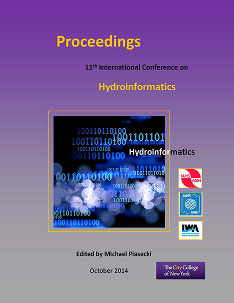Document Type
Presentation
Publication Date
8-1-2014
Abstract
Water resources development has seen little development in the vast rural areas of Sub-Sahara Africa (SSA) due to lack of investment, means of access and poor policy environment. In search of sustainable and efficient water resources development, participatory approach is widely accepted as a key strategy for water resources development and conservations in many SSA countries. To encourage bottom-up solutions for local water resources development, a Catchment Water Allocation Tool (CaWAT) was developed to aid rural water resources planning for agriculture in small watersheds. The tool is based on water balance accounting to examine water allocations among different users. It builds on the FAO AquaCrop plugin to simulate irrigation water requirement and crop productivity. It has a storage simulation module that models not only water balance but also fish production. Multiple catchment and on-farm management options are built in to enable comparisons of alternate scenarios. The model water tested in a small watershed in Southern Malawi. And the results provide interesting insight for integrated irrigation and aquaculture development using the available water and local water infrastructure investment options.



Comments
Session R27, Eco-Hydraulic Modeling: LIDs and Policy